Beyond Pain: Why you should continue treatment even if the pain goes away.
Pain is a universal human experience, serving as both a warning signal and a debilitating force. When we're in pain, our primary focus is often on finding relief. However, what happens when the pain subsides? Many people assume that once the pain is gone, the problem is solved. Yet, in reality, the cessation of pain doesn't always signify complete healing. In fact, it's often just the beginning of a journey towards true recovery. Understanding why treatment needs to continue even after the pain dissipates is crucial for long-term well-being.
Firstly, pain can be deceptive. Its absence doesn't always indicate the absence of an underlying issue. Pain often acts as a messenger, alerting us to problems within the body. When the pain subsides, it doesn't necessarily mean the problem has vanished. Without addressing the root cause, the issue may persist or resurface later, potentially with more severe consequences.
Secondly, pain management is about more than just symptom relief. While alleviating pain is essential for improving quality of life, true healing involves addressing the factors contributing to the pain. This may involve physical therapy, lifestyle changes, or addressing underlying psychological factors. Continuing treatment after pain fades ensures that these aspects are addressed comprehensively, reducing the risk of recurrence.
Moreover, chronic conditions often require ongoing management. Conditions like arthritis, fibromyalgia, or migraines may have periods of remission where pain diminishes, only to return later. Consistent treatment helps to manage these conditions effectively, minimizing their impact on daily life and preventing flare-ups.
Additionally, incomplete treatment can lead to secondary issues. Compensation mechanisms, where the body adjusts to accommodate pain or injury, can lead to imbalances and further complications. By continuing treatment beyond pain relief, these compensatory patterns can be addressed, restoring proper function and preventing future problems.
Furthermore, holistic well-being encompasses more than just physical health. Pain can take a toll on mental and emotional well-being, leading to anxiety, depression, or reduced quality of life. Continuing treatment allows for the integration of mental health support, helping individuals cope with the emotional impact of pain and fostering resilience.
In some cases, pain may have psychosomatic components, where emotional or psychological factors contribute to physical symptoms. Addressing these underlying issues is essential for long-term recovery. Continuing treatment beyond pain cessation allows for a comprehensive approach that considers the interconnectedness of mind and body.
Lastly, prevention is key. Even if pain has subsided, ongoing treatment can help prevent future injuries or relapses. This may involve strengthening exercises, ergonomic adjustments, or lifestyle modifications aimed at reducing the risk of recurrence.
In conclusion, the cessation of pain does not signify the end of treatment; rather, it marks a transition towards comprehensive healing and long-term well-being. By continuing treatment beyond pain relief, individuals can address underlying issues, prevent future complications, and foster holistic health. Pain may be a powerful motivator, but true healing goes beyond mere symptom management—it requires ongoing care, attention, and dedication to living a fulfilling and pain-free life.
Looking For More Information About Similar Topics?
Learn more about our clinic based in Kelowna, BC here.
Check out our free to download exercises.
Learn about chiropractic care for chronic pain on our blog.

